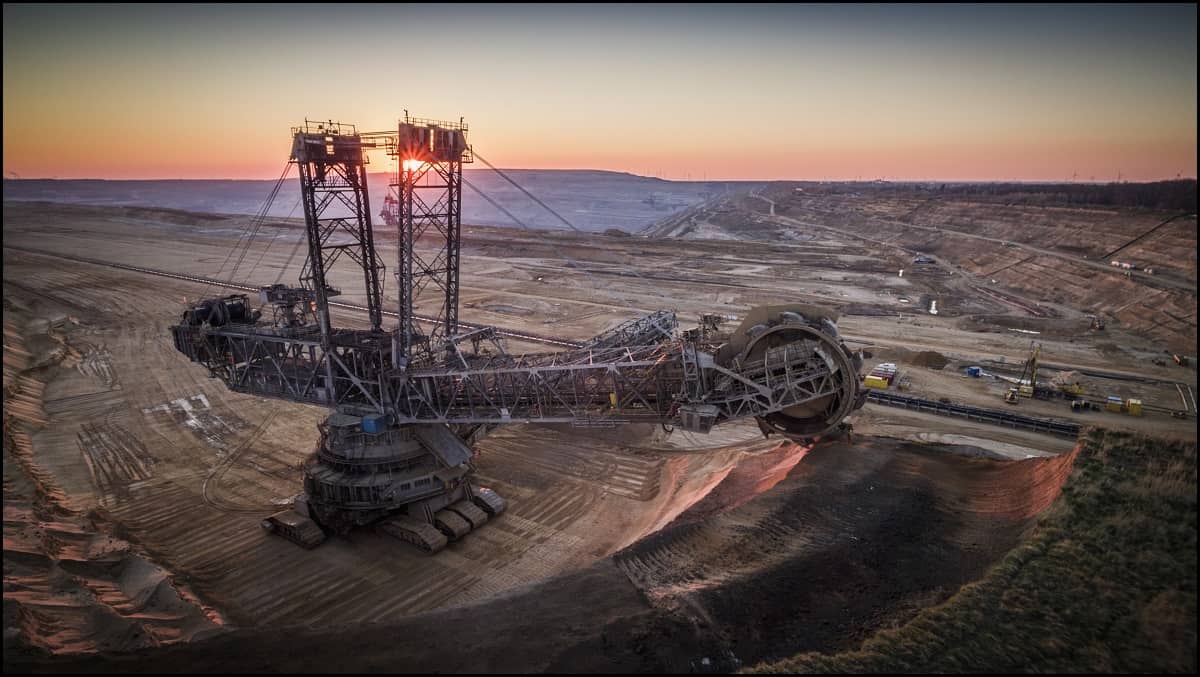As announced on March 16, the European Commission released its proposal for the European Union’s (“EU’s”) Critical Raw Materials Act. The response from investors in European battery metal stocks was underwhelming, to say the least. Many European lithium stocks have fallen in price, not risen as would have been expected. The question is why?
I think the answer is probably in the timeline and questions around enforcement. There are some positive incentives such as selected strategic projects getting “shorter permitting timeframes” and “support for access to finance”.
Below is a brief snapshot of the key measures announced.
EU Critical Raw Materials Act proposal
The following is an excerpt from the EU’s press release:
“Setting clear priorities for action: In addition to an updated list of critical raw materials, the Act identifies a list of strategic raw materials, which are crucial to technologies important to Europe’s green and digital ambitions and for defense and space applications, while being subject to potential supply risks in the future. The Regulation embeds both the critical and strategic raw materials lists in EU law. The Regulation sets clear benchmarks for domestic capacities along the strategic raw material supply chain and to diversify EU supply by 2030:
- At least 10% of the EU’s annual consumption for extraction,
- At least 40% of the EU’s annual consumption for processing,
- At least 15% of the EU’s annual consumption for recycling,
- Not more than 65% of the Union’s annual consumption of each strategic raw material at any relevant stage of processing from a single third country.
Creating secure and resilient EU critical raw materials supply chains: The Act will reduce the administrative burden and simplify permitting procedures for critical raw materials projects in the EU. In addition, selected Strategic Projects will benefit from support for access to finance and shorter permitting timeframes (24 months for extraction permits and 12 months for processing and recycling permits). Member States will also have to develop national programs for exploring geological resources.”
Next Steps
“The proposed Regulation will be discussed and agreed by the European Parliament and the Council of the European Union before its adoption and entry into force.“
The EU’s list of 34 critical (strategic) raw materials

Will the EU’s Critical Raw Materials Act be too little too late?
The main concern with the current Critical Raw Materials Act proposal is the timeline with the measures to be implemented “by 2030”. By comparison to the U.S. policy, the Inflation Reduction Act (“IRA”) measures commence in some cases immediately and in terms of the supply chain “from 2024”. Little wonder investors were underwhelmed by the 2030 timeline.
By 2030, we should already be close to 60-70% market share for global electric car sales. By 2030, the European car manufacturers may be bankrupt if they have not secured an adequate supply of EV and battery materials. China is already a decade ahead. The USA is moving fast to catch up. But Europe appears to think if they move in 2030 everything will be ok. But it will not be ok. China and other countries will already have taken control of the EV, energy storage, and renewable energy supply chains. Today China already holds a dominant position.
The U.S Inflation Reduction Act requires changes by 2024 in order to get the clean vehicle tax credit

Note: Red oval annotated by the author.
Closing remarks
The EU’s plan is a significant positive move in the right direction. But with no targets or deadlines until 2030, I feel it will be “too little too late”. By 2030, the automotive industry will look completely different from today, where German and Japanese manufacturers dominate.
Europe needs a 2025 deadline and it needs clear measures in place, similar to what President Biden has done with the IRA. If the EU fails to amend its Critical Raw Materials Act proposal then it will remain at the mercy of the China supply chain. And China will use that power to steadily take market share with China-made EVs selling into Europe.
Furthermore, Europe needs to build its own supply chains to help maintain full employment and security of supply. This includes directly down to the mining level, where Europe has a very small mining industry. For example, today Europe produces insignificant amounts of lithium, yet lithium is a critical element needed in the green revolution. Perhaps we can discuss more on that topic in another article.
The European Parliament gets the final say and let’s hope Europe can modify the proposal to bring in an earlier deadline and truly build up a European supply chain for EVs, energy storage, and renewable energy.
All are vitally important for the future of Europe’s economy.




Leave a Reply